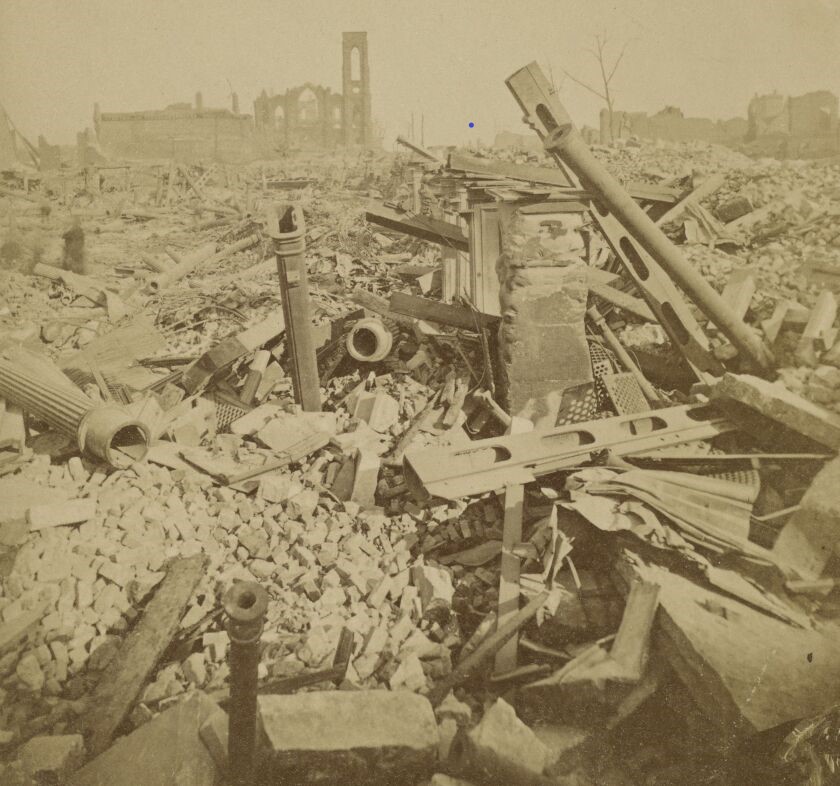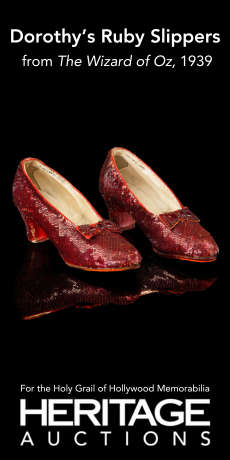Prairie Avenue’s Posh Neighbor

The Levi Leiter house at 2114 South Calumet Avenue, designed by Water Tower architect W. W. Boyington in 1870, pre-dated the Prairie Avenue mania.

By Megan McKinney
As has so often been told, following the Great Fire of 1871, sleeping car tycoon George Mortimer Pullman and meatpacking magnate Philip Danforth Armour joined Marshall Field in moving south and building mansions on Prairie Avenue. We’ve heard less about the house of Marshall Field’s partner, Levi Leiter, the residence Mr. Leiter owned when the conflagration broke out on October 8 of that year.
The ruins from which the Field, Leiter & Co. goods were saved
It was in the Leiter mansion—south of the Fire’s path—to which a half million dollars’ worth of the finest goods of the great store—then known as Field, Leiter & Co.—were rushed and stored throughout the night of October 8-9, saving the fortunes of the two men from a disaster that ruined so many others.

glessnerhouseblogspot.com
The most famous Calumet Avenue image is the Glessner House photo of a portion of the extended Caton family on the steps of one of the four mansions that made up their Calumet Avenue “compound.” Delia Caton, far left, and her husband, Arthur, fifth from left, will be featured as this story progresses.
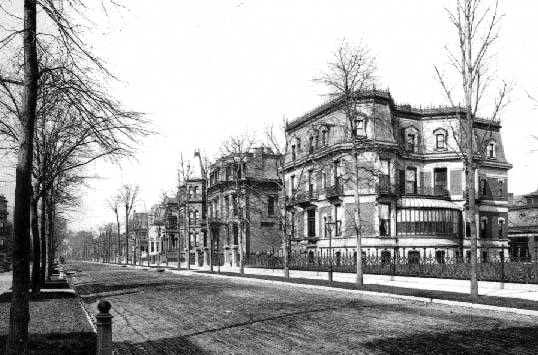
drloihjournal.blogspot.com
Marshall Field’s Prairie Avenue house, costing two million late nineteenth century dollars, was completed in 1876. The mansion, designed by the fabulous Richard Morris Hunt, was the cty’s first to be completely wired for electricity.
The most enduring rumor/legend surrounding the juxtaposition of Calumet and Prairie Avenues was in regard to 1910 South Calumet Avenue–the house of the Arthur Catons—and the Marshall Field mansion directly behind it at 1905 South Prairie Avenue. For years there were whispers of an underground tunnel connecting the two houses, facilitating a torrid romance between the delectable Delia and the great merchant. Then, within months of Arthur Caton’s death, there was a wedding uniting the two.

The story was so irresistible that almost a half century later the sophisticated chronicler of Chicago history Arthur Meeker made the legend a centerpiece of his classic 1949 novel Prairie Avenue.

The delectable Delia Spencer Caton, by George Peter Alexander Healy
The marriage of widower Marshall Field and the exquisite Mrs. Delia Spencer Caton, daughter of a founder of the venerable Chicago hardware firm, Hibbard, Spencer, Bartlett and Company, took place in September 1905. The 71-year-old Field was some twenty years his bride’s senior, but the wedding was a surprise to no one. For a number of years, Field and the Catons had been a threesome, going to parties together and even vacationing as a trio.

Another image of the elegant Mrs. Caton
The childless Delia was one of the most admired women in Chicago. Extraordinarily attractive, charming and socially adept, she played such a significant role in Chicago Society that only Bertha Palmer surpassed her. As remarkable as Mrs. Palmer was, she lacked the light, kind-hearted sense of humor that was central to Delia Caton’s character. An anecdote that has circulated through the years is of a very grand dinner party given by the Catons. Marshall Field was a guest and everyone was rising to deliver short speeches. When Field demurred, Mrs. Caton leapt up and announced, “Mr. Field just wants me to remind you that the White Sale starts next Monday.” Delia’s parties were spectacular, always unusual and she had the gift of mixing people without being thought Bohemian. For decades, she was universally considered the best hostess in Chicago.

Ambassador Whitelaw Reid.
In early autumn1905, Delia and Marshall traveled to England to be married in London’s Saint Margaret’s Church, where American Ambassador to the Court of Saint James’s Whitelaw Reid attended both the ceremony and the wedding breakfast for twenty guests that followed at Claridge’s.
Today we think of Whitelaw Reid as the man who bought the hugely influential New York Tribune from the estate of Horace Greeley and nurtured the newspaper that would become the great mid-century New York Herald Tribune under the direction of his grandson and namesake. In his own day, the senior Reid was more famous as an ambassador; he had preceded his post in England by serving as United States Ambassador to France.

historicsites.dcpreservation.org
Delia Caton Field’s Pink Palace in Washington D. C.
The marriage of Delia Caton and Marshall Field did not last long; the groom died in January 1906, four months after the wedding. However, interestingly, he made an unusual codicil in his will that allowed $1 million for whomever his widow remarried. But she did not. Why share the estate when she could live within her own style as a prominent art collector and philanthropist. And, although Mr. Field left his widow the electrified Prairie Avenue mansion, she preferred a grand Washington D. C. property, where she entertained the city’s political and social elite in her mansion, known as the Pink Palace, on 16th Street, NW. It would be her primary residence from 1912 until her death in 1937.

credit:periodhomes
Howard van Doren Shaw
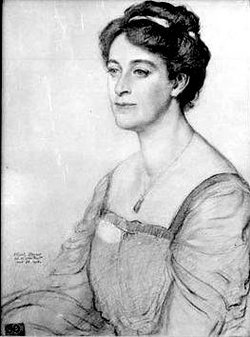
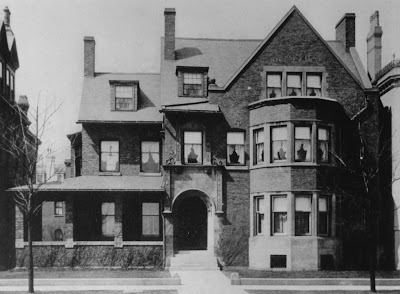
archthenblogspot.com
John B. Drake, Jr. house, 2106 South Calumet Avenue
Author Photo: Robert F. Carl




